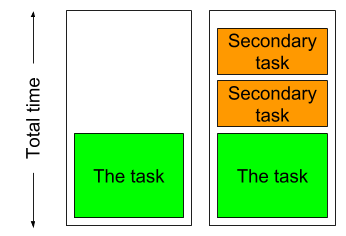 Radical Candor : How to Get What You Want by Saying What You Mean by Kim Scott
Radical Candor : How to Get What You Want by Saying What You Mean by Kim Scott
My rating: 4 of 5 stars
This book covers a number of topics, of which the one about radical candor is just one, a second is performance management for Rock and Super stars, giving and encouraging feedback, pushing people personally, how to be the boss and getting things done as a team.
Radical Candor
Radical Candor is the mixture of caring personally and challenging directly. 
Performance management
At any point people can be in two gears – “Rock Star” and “Super Star”, an effective team needs a mix of these people the people who are solid, getting things done and are dependable as well as those pushing ambitious, agents for change and promotion.

For the Super stars (top right) keep them challenged and be prepared to replace them when they move on. The aim for Super stars is not to become a manager – the development path for them needs to be appropriate for their needs and desires. Promotions need to be fair and there needs to be an aversion of promotion and status obsession.
Since a team needs both Rock and Super stars it is important to look at how you reward Super stars compared to Rock stars as most talent mapping or pay review processes favor the super stars not the rock stars who the team actually depends on. The rock stars (bottom right) deserve recognition and respect as much as the super stars. The aim should not be promotion as this might not be what the rock stars actually want but there could be other things or opportunities you could give people such as being a guru or teaching, these might not be what they want to first find out.
For people stuck in the middle or top left they need help moving them to the right and if this is not working then likely they will need to leave the company.
For people Super stars in the top left there might be reasons they are under performing such as wrong role, taking on too much too fast or a poor fit. For these people a change of role might be needed.
For under-performing rock stars and super stars who are in the best role then they need to find a new company. Firing people is never an easy thing and managers tend to do it too late because they think it will get better, somebody is better than nobody, better to transfer them to another team or they are worried that firing them will be worse for moral. In reality these are never good reasons and they should be helped and if that does not work they should leave the company to find a role that is more suited to them. Don’t unilaterally decide to fire someone, consult with others to get a fuller picture but don’t wait too long to do it – genuinely care and follow up after they have left.
Ways to give praise and criticism
- Ask for feedback and push past the “Everything is fine” such as “Is there anything I should start or stop doing which would make it easier for you to work with me?”
- Reward criticism
- Feedback box
- Be humble
- Be helpful
- Give feedback immediately in just 2-3 min between meetings
- Feedback in private in person
- Praise in public
- Don’t personalise
- If you have to do a performance review there should be no surprises
- Put at least as much effort into looking forward as into looking back
- Get people to talk directly
- Encourage story sharing
- Skip level meetings (speaking with the people two levels below)
- Feedback should not be attributed to who gave the feedback
- Take notes and project them in the meeting for everyone to review as you go
- Start with things like “What is your boss doing well?” “What could a boss do better?”
- Prioritise the list so the recipient knows what is most important
- Tell people you are sharing notes right after the meeting, this gives a last minutes push to get things finished
- Ensure the recipient notifies people of what areas they will work on
To push people and to avoid boredom
Complete three meetings with each person
- Their life story – hear about their history and in particular any changes whey made, e.g. took up football to more team activities, this gives insight into the individuals values.
- Their dreams – what do they dream about at the peak of their career. From this list the skills required to be able to achieve the dreams. If there is a discrepancy between their dreams and their values find out why, e.g. hard working value and a retire early dream could be because they have children who will need more care.
- Eighteen month plan – “What do you need to learn to move towards your dream? How would you prioritise what you need to learn? How can we evolve your role so you can learn these?”
Being a boss
Sometimes you should lead and sometimes you should manage, depending on what exactly needs to be done – as such the book uses the term boss as a way to cover both. The extremes of this are absentee management and micro management.
| Absentee manager |
Partnership |
Micro manager |
| Hands-off, ear-off, mouth-off |
Hands-on, ear-on, mouth-off |
Hands-on, ear-off, mouth-on |
| Lacks curiosity. Doesn’t want to know. |
Displays curiosity. Recognises when they need to know. |
Lacks curiosity. Pretends to know all. |
| Doesn’t listen. Says nothing. |
Listens. Asks why? |
Doesn’t listen. Tells how. |
| Is afraid of any details. |
Asks about relevant details. |
Gets lost in the details. |
| Had no idea what’s going on. |
Is informed because hands-on. |
Asks for make-work presentations, reports and updates. |
| Sets no goals. |
Leads collaborative goal-setting. |
Sets goals arbitrarily. |
| Remains unaware of problems. |
Listens to problems. Brainstorms solutions. |
Tells people how to solve problems without fully understanding them. |
| Causes collateral damage by tripping on grenades unaware. |
Removes obstacles and defuses explosive situations. |
Tells people how to remove obstacles/defuse situations, but watches from a safe distance. |
| Is ignorant of both the questions and the answers. |
Shares what they know; asks questions when they don’t. |
Pretends to know when they don’t. |
| Is unaware of context. |
Shares relevant context. |
Hoards information. |
Get stuff done together
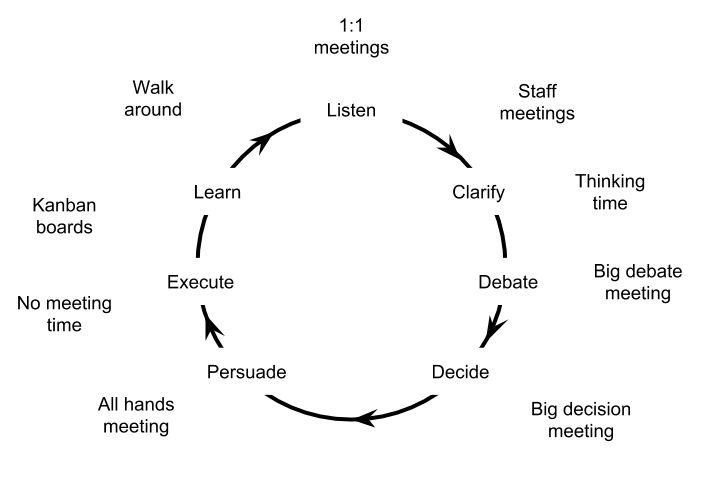
There are a couple of take aways which I feel are really useful from this book. The more structured approach to understand peoples motivation, the idea short feedback – I think the idea of “micro feedback” is one which I will pick up as well as the sequence
Listen, challenge, commit
 Product Mastery: From Good To Great Product Ownership by Geoff Watts
Product Mastery: From Good To Great Product Ownership by Geoff Watts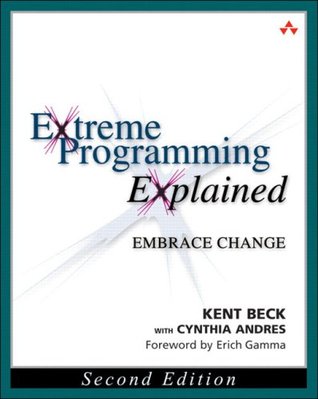 Extreme Programming Explained: Embrace Change
Extreme Programming Explained: Embrace Change Who Are You, Really?: The Surprising Puzzle of Personality
Who Are You, Really?: The Surprising Puzzle of Personality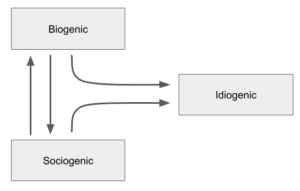
 The Five Dysfunctions of a Team: A Leadership Fable
The Five Dysfunctions of a Team: A Leadership Fable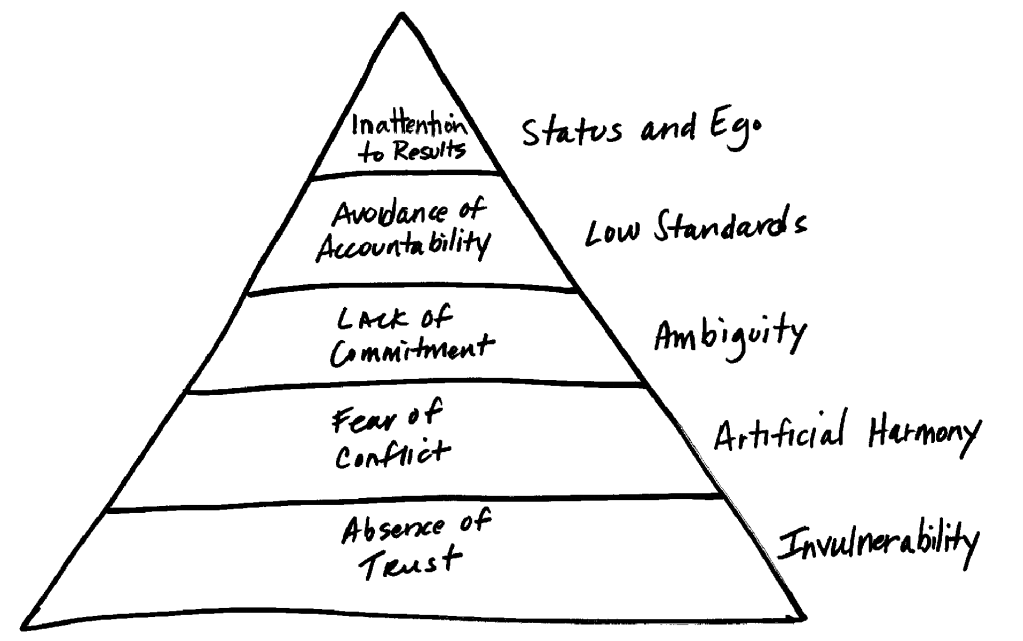
 Radical Candor : How to Get What You Want by Saying What You Mean
Radical Candor : How to Get What You Want by Saying What You Mean


 Powerful : Building a Culture of Freedom and Responsibility
Powerful : Building a Culture of Freedom and Responsibility Breaking the Fear Barrier : How fear destroys companies from the inside out and what to do about it
Breaking the Fear Barrier : How fear destroys companies from the inside out and what to do about it
 Why Motivating People Does’t Work and What Does: The New Science of Leading, Energizing and Engaging
Why Motivating People Does’t Work and What Does: The New Science of Leading, Energizing and Engaging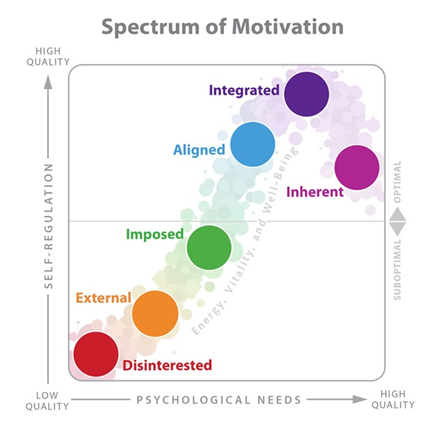
 Scrum Mastery: From Good To Great Servant-Leadership
Scrum Mastery: From Good To Great Servant-Leadership This Is Lean: Resolving the Efficiency Paradox
This Is Lean: Resolving the Efficiency Paradox